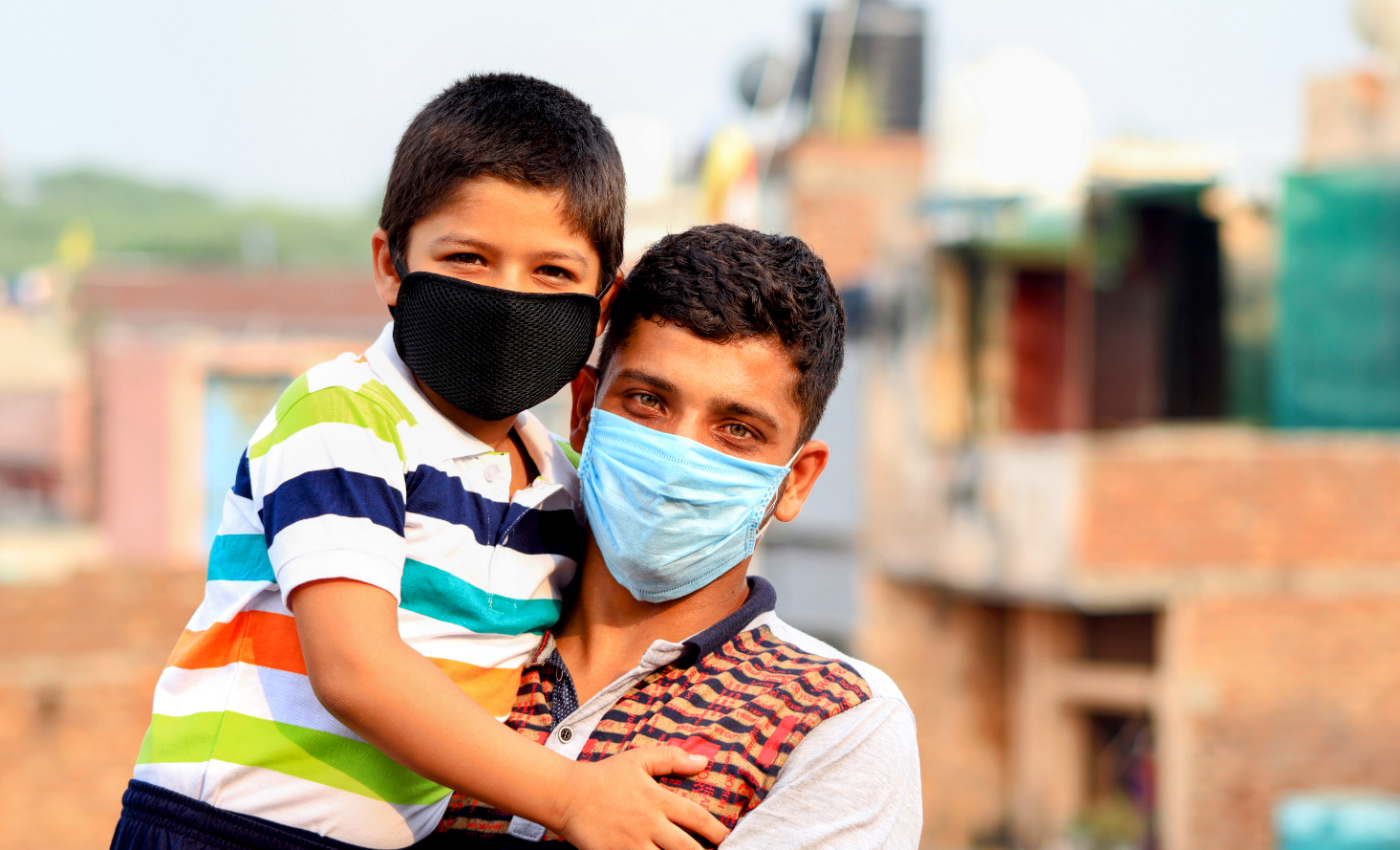
Children’s health is increasingly affected by climate and pollution
Children all over the world are being affected by air pollution and the consequences of climate change. This is the finding of a review article published today in the New England Journal of Medicine.
The article, written by Frederica Perera of Columbia University Mailman School of Public Health and Kari Nadeau of the Stanford University School of Medicine, looks at evidence of the multiple different ways in which air pollution and fossil fuel-driven climate change harm the health of children.
The experts cite dozens of research studies that find children’s health to be compromised by the consequences of air pollution and climate change. They state that all children are particularly vulnerable to health impacts from these sources as they are still in developmental stages. This applies to the fetus, infant, and child.
In addition, although all children are at risk, the greatest burden falls on those who are socially and economically disadvantaged. The authors allude to the existence of significant inequities between different income groups and races. As one example, risks from heatwaves are greatest in low-income communities of color where discriminatory policies such as redlining created urban heat islands (characterized by heat-trapping asphalt, few trees, dense buildings, traffic, industry and highways), and where resources to protect children from heat are fewer.
Some examples of instances where climate changes have been linked to negative outcomes for the physical and mental health of children are as follows:
- Extreme Heat. Exposure to heatwaves in utero is associated with increased risk for preterm birth and low birth weight, hyperthermia and death in infants, heat stress, kidney disease, and other illnesses in children.
- Climate-Intensified Extreme Events. Globally, climate-related events have already contributed to more than 50 million children being forced to leave their homes. In the U.S. over 900,000 displacements, many of them involving children, occurred in 2020 as a result of disasters.
- Air Quality. An estimated 7.4 million children in the U.S. were exposed to lung-damaging wildfire smoke every year between 2008 and 2012. This number has risen in recent years as large forest fires have become more frequent.
- Food and Water Supply and Safety. In developing countries, climate-change-related food insecurity has led to a sharp increase in malnutrition, resulting in stunting of physical and mental development. Infection risk from waterborne pathogens like Salmonella is also exacerbated.
- Change in Disease Vector Ecology. Infection with Zika virus in pregnancy can cause microcephaly, severe brain malformations, and other birth defects. The U.S. has also experienced a marked increase in Lyme disease, with the highest rates in children.
- Air Pollution. One billion children worldwide are exposed to very high levels of air pollution. Air pollution is strongly associated with increased risks of infant mortality, adverse birth outcomes, asthma and other respiratory illness, developmental disorders, and lifelong health problems, including reduced cognition, mental health problems, and autism.
Action on two fronts is required in order to deal with the alarming health impacts on children, according to the authors. Firstly, children need to be protected from climate hazards, a strategy that the authors term “adaptation.” This could involve measures such as providing clean water to children and families facing drought and water contamination, early warning systems for flooding and air pollution, training and evacuation planning for families and children, shaded areas where children play, live and go to school, and mosquito nets to protect children from insect-borne pathogens such as malaria and dengue.
Secondly, the root problem of high greenhouse gas emissions and dwindling natural carbon sinks needs to be addressed. The authors term this aspect of dealing with children’s health problems “mitigation.” They stress that solutions are available and being implemented by governments around the world to address air pollution and mitigate climate change, and that these will hopefully reduce the harms to children’s health in the future.
The experts also suggest that clinicians are in a position to help identify and guide individuals who are at particular risk from the effects of climate change or air pollution. Identification of vulnerable individuals may be based on the presence of an underlying illness (e.g., asthma), on geographic location (e.g., proximity to air pollution, urban heat island or flooding), and on mental health burdens (e.g., anxiety after being forced to relocate after a wildfire). Guidance could be in terms of how to manage or change the situation for a vulnerable child, and the clinician could be the source of advice, education and information in such circumstances.
Given the cumulative impacts of fossil fuel on children’s physical and mental health, the researchers are calling upon health professionals to use their power to protect children “by screening to identify those at high risk for associated health consequences; educating them and their families about these risks and effective interventions; and by advocating for strong mitigation and adaptation strategies.”
—
By Alison Bosman, Earth.com Staff Writer













